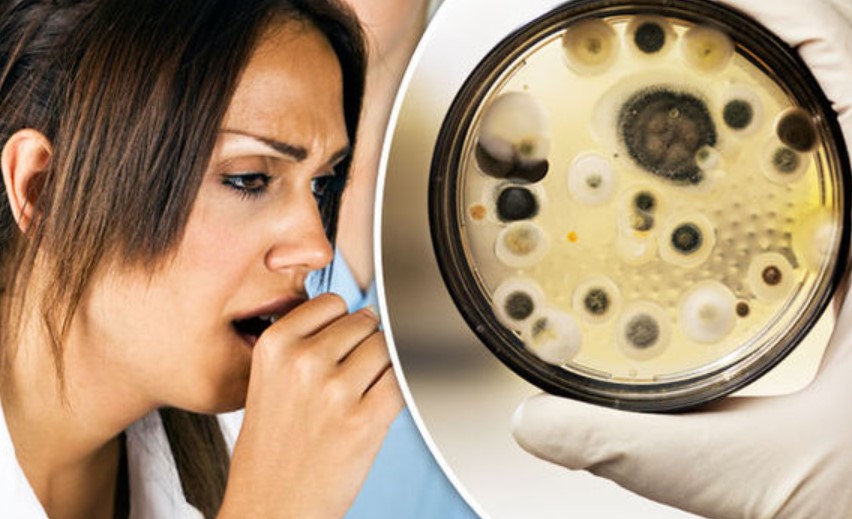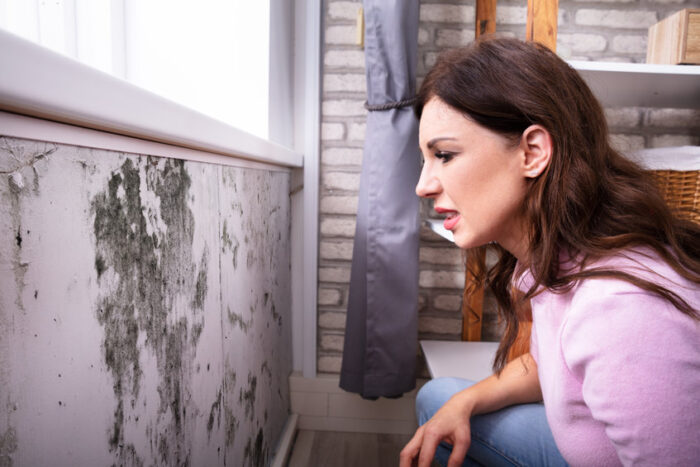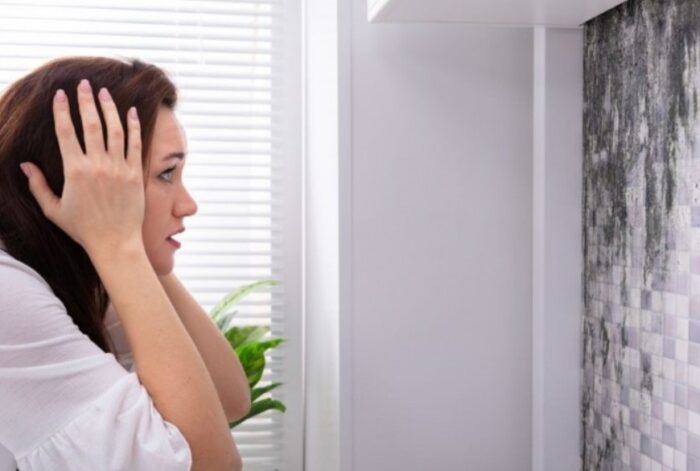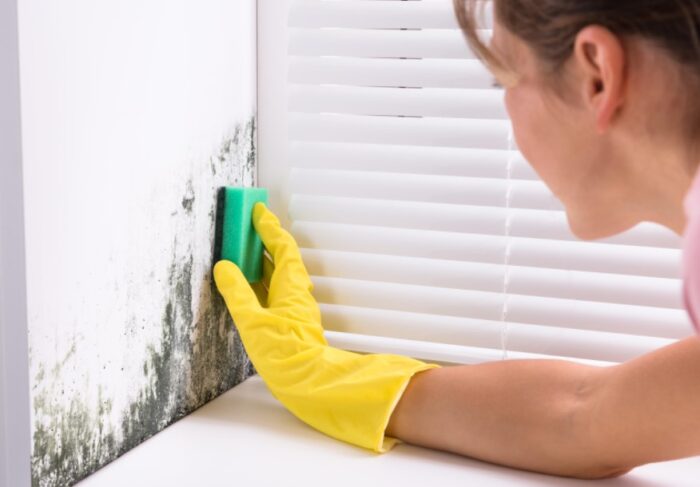
If you live in an area that has a lot of wet weather, it may do more than ruin your weekend plans. A damp climate can wreak havoc on properties — condensation and mould are major issues affecting not only the building but also the people who inhabit them.
In the UK, over 12 million people experienced damp issues in 2024. In the US, more than 50% of homes have mould issues, and 28% of the population carry genes that make them vulnerable to developing health issues when exposed to mould.
How concerned should you be about mould in your home? How dangerous is it to your health?
What Is Mould and What Causes It?

Mould is a fungus that grows in damp conditions. It is caused by excess moisture, for example, from leaking pipes, rising dampness and rain seeping into damaged roofs, doors and windows.
Black mould, or stachybotrys chartarum, is typically caused by condensation resulting from poor ventilation and high levels of humidity. It can be seen around skirting boards, in the corners of rooms, on ceilings and on cold surfaces.
Black mould can appear in various forms and to different degrees of severity, but as its name suggests, it has a dark colouring that is usually easy to spot. This type of mould can cause serious damage to a building and lead to serious health issues if left untreated.
Warning Signs You Have a Mould Problem

Any or all of the following could indicate a mould problem in your home:
A musty odour — a persistent musty smell may be a sign of mould. Not all moulds produce an odour, but many do, and if you detect this, it’s worth investigating.
Visible signs of mould — there are thousands of types of moulds, and they can look very different. Some appear white and thread-like; others are dark in colour and appear in small clusters. Mould can be grey, brown, white, black, green or cream. It will grow in areas where moisture is likely to be trapped, such as around leaks in windows or in the bathroom.
Carpet damage — carpeted areas and rugs can be a breeding ground for mould. Watch out for any unusual spots, stains or odours that appear.
Allergies and asthma — some moulds contain mycotoxins that can aggravate health conditions such as asthma and allergies. If you have a sudden and persistent flare-up when you’re at home, check around the house for signs of mould.
Discoloured spots on furniture — mould particles love porous materials like foam and upholstered furniture. If your favourite sofa develops spots of discolouration or begins to smell a little odd, you might have a mould problem.
Bubbling wallpaper — when moisture builds up in a wall, it often causes the wallpaper to bubble and warp. This could be a red flag for mould.
A never-ending cough or cold — do you have a cold you just can’t kick? Is your partner constantly coughing and sneezing? If this happens solely in the home, check your house for signs of mould.
This is not an exhaustive list. There may be additional signs of mould. But you should now have a good idea of what conditions cause mould and how to spot signs of a problem. But, why does it matter if you have a little mould in your home?
Common Health Issues Caused by Mould

Exposure to mould in the home can cause a variety of health issues. Some people won’t be affected at all, while others with existing health conditions or a genetic makeup that makes them more vulnerable may suffer serious issues impacting their quality of life. People who may be more sensitive to mould include those with:
- Allergies
- Immune suppression
- Underlying lung disease
- Chronic-respiratory disease
- Asthma
- Skin problems, such as eczema.
Babies, young children and older adults may also be more prone to suffering ill-health as a result of mould exposure.
Moulds affect our health because they produce allergens, irritants and sometimes, toxic substances. All of which can result in:
- Allergic reactions
- Sneezing, coughing or wheezing
- Nausea
- Headaches
- A runny nose
- Red, sore or watery eyes
- Skin irritations
- Asthma attacks
- Respiratory problems and infection
- Stress and mental health issues.
How to Get Rid of Mould in Your Home

If you identify mould in your home and suspect it may be the cause of health issues you are experiencing, there are several ways to tackle the problem. Remove mould from the walls. This can be done by applying a mould-wash concentrate to painted plaster walls or replacing a plasterboard wall.
There are various mould removal kits on the market, but if the problem has gone untreated for a long time, it is probably wise to hire a professional to treat the walls. Damp, mouldy walls in the bedroom are a particular risk to health because of the amount of time we spend exposed to mould spores while we sleep.
Reduce condensation in the bathroom. Bathrooms are prone to developing mould because of their humidity. Improving the ventilation in the room is the best way to eliminate mould infestation. Speak to an electrician about installing ventilation units or an extractor fan if you don’t have either of these. You can also drastically reduce condensation by closing the bathroom door when bathing or showering and opening windows and doors afterwards.
Remove mould from hard surfaces. If you can see mould spots on hard surfaces around your home, you should remove them as soon as possible. Use a solution of bleach and water (no more than one cup of household laundry bleach per gallon of water).
How to Prevent Mould Growth

Once you have rid your home of its mould problem, you don’t want it to return! Follow these simple steps to reduce the risk of mould growing in your home:
- Keep humidity levels as low as possible — an air conditioner or dehumidifier can help.
- Keep air moving through your home — open doors and use fans.
- Fix leaks — in the roof, walls, windows, doors and plumbing.
- Use mould inhibitors — these can be added to paints when decorating.
- Use mould-killing cleaning products — especially in the bathroom and other humid areas.
If you’re struggling to sell a house due to mould problems, House Buyer Bureau can buy your home for cash in as little as seven days. We buy all types of properties in the UK, regardless of condition. Avoid the hassle of treating mould and making home improvements, and sell your house fast for cash!














